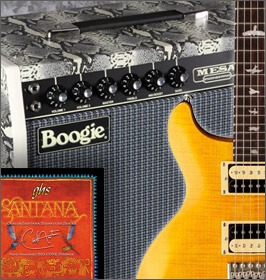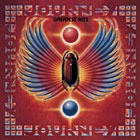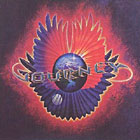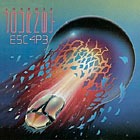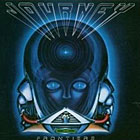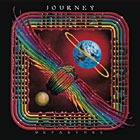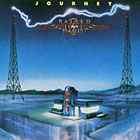At 15, Schon was loathe to leave his home town and move to London to be with Clapton; a bay area-based band seemed like the safer bet. For this and other reasons, Neal joined Santana and was with the band from 1970 to 1972. He played on the Santana III, Caravanserai, and Santana and Buddy Miles Live albums, and toured with the group extensively. Although there are flashes of the master guitarist who would later emerge, Schon’s role in Santana was understandably minor. However, in addition to the experience of playing with a first-rate rhythm section, he was continually exposed to two of the most talented melodists in the music business: Carlos Santana and Gregg Rolie.
Next stage of the journey
Carlos was going through personnel and spiritual turmoil in the early ’70s, and this led to both Schon and Rolie leaving. After a short stint with experimental Latin fusion band Azteca, Schon was contacted by manager Herbie Herbert, with the goal of forming a new unit.
Calling on his old bandmate Gregg Rolie, Schon also recruited bassist Ross Vallory and rhythm guitarist George Tickner (both from the mockingly titled band Frumious Bandersnatch). Drummer Prairie Prince (of The Tubes) was drawn in at first, but quickly replaced with veteran stickman Aynsley Dunbar (who had played with, among others, Frank Zappa).
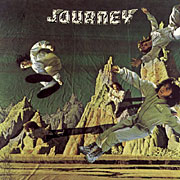
Originally dubbed the “Golden Gate Rhythm Section,” the group was conceived with the idea of acting as a backing band for artists in the recording studio. But given the talented lineup, it must have become obvious pretty quickly that they were destined to be headliners.
Within the first two years, the band was renamed Journey (a suggestion from one of the roadies), and had recorded their debut: a self-titled album. Although never achieving mainstream success, it became an underground classic — and launched Schon as a worldwide guitar force.
Although his style must have been years in the making, Journey‘s first album seemed to present Neal Schon as an already formed musical force, complete with a recognizable voice on the guitar that he would maintain for his entire career.
Development of an identifiable guitar style
While playing with Santana, Schon never formed a breakout identity. Perhaps it was because it was Carlos’ band, perhaps it was because Neal was so young, and still developing as a player. Whatever the reasons, the first Journey album introduced to the world a guitarist who would stand as one of the best melodic players in the world.
From the opening strains of “Of A Lifetime” to the soaring outro of “Mystery Mountain,” every one of Schon’s phrases was a bona fide hook. Other players work for years to develop just a few signature licks; they poured out of Schon as if by magic.
The second album, “Look Into The Future,” merely cemented that fact. Leaning more towards vocal songs, and with a slightly harder rock edge, Journey’s sophomore record offered the same signature Schon sound as its predecessor.
